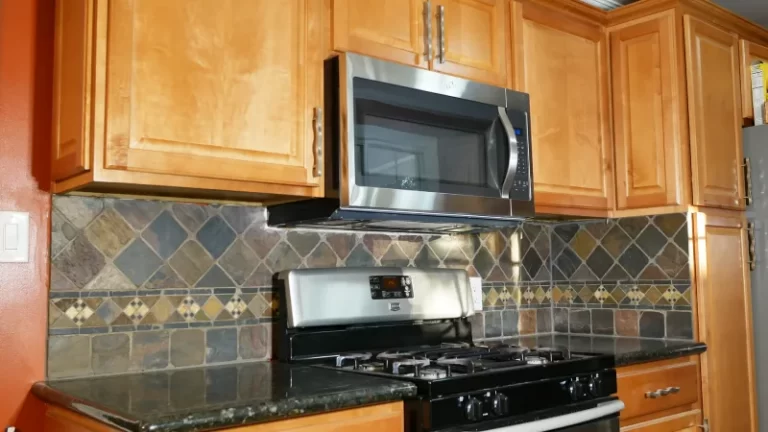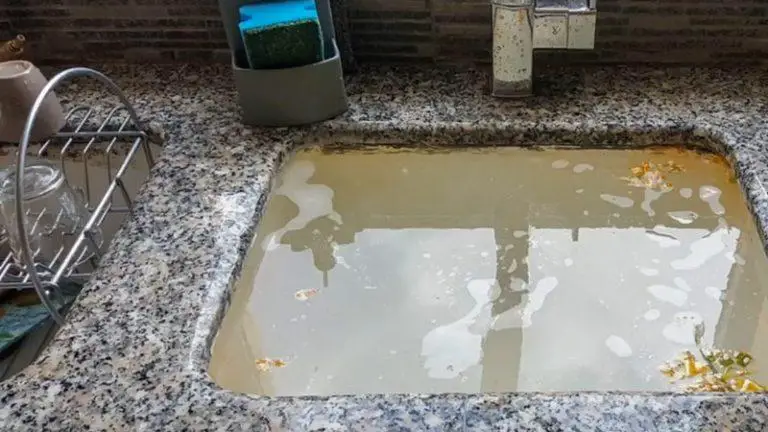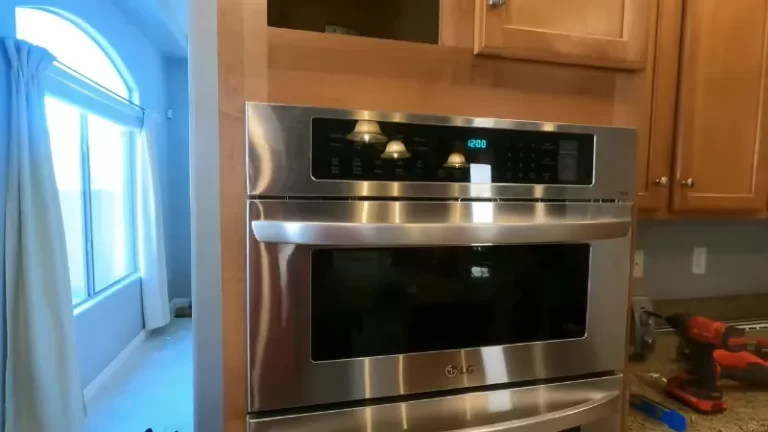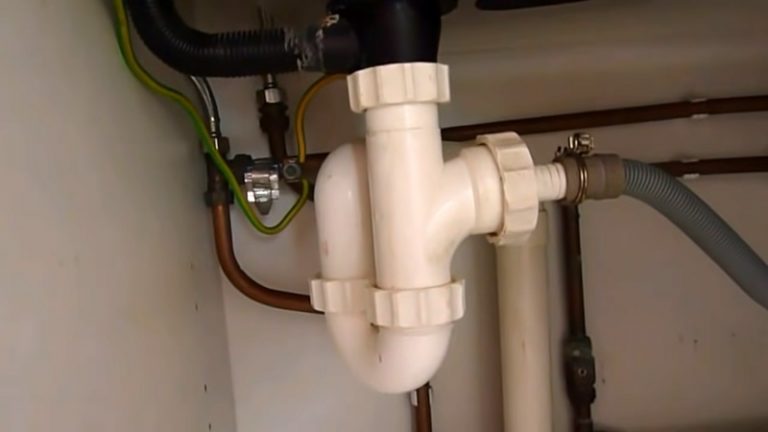How to Unclog a Kitchen Sink in a Mobile Home?
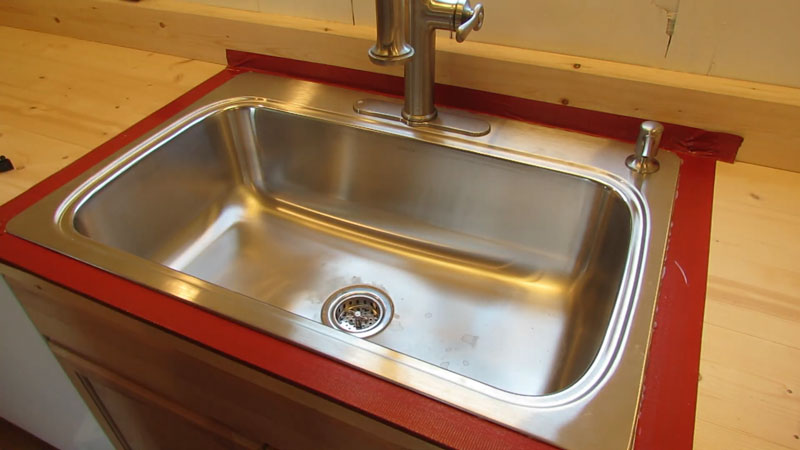
If you’re reading this, chances are you’re dealing with a frustrating clog in your kitchen sink that just won’t seem to go away. Clogged kitchen sinks are a common problem, and mobile homes can present their own unique challenges when it comes to plumbing. In this guide, we’ll walk you through the steps you can take to clear the clog and get your sink flowing smoothly again.
But before we dive into the how-to, let’s take a moment to discuss some of the common causes of kitchen sink clogs in mobile homes. These can include:
- Grease and oil: When grease and oil go down the drain, they can solidify and create a blockage in the pipes.
- Food scraps: Small bits of food can easily become stuck in the pipes, especially if you don’t have a garbage disposal.
- Foreign objects: Anything from a lost spoon to a child’s toy can end up in the drain and cause a clog.
- Tree roots: If you have trees near your mobile home, their roots can sometimes grow into the pipes and cause blockages.
Understanding the cause of your clog can help you determine the best course of action for clearing it. With that in mind, let’s get started!
You'll Learn About
Step 1: Remove the P-trap
The first step in unclogging a kitchen sink in a mobile home is to remove the P-trap. The P-trap is the curved pipe under the sink that connects to the drain. It is designed to trap debris and prevent it from entering the main plumbing system.
Locate the P-trap
To locate the P-trap, look for the pipe that runs from the bottom of the sink to the wall. It should be relatively easy to spot.
You will need a few basic tools to remove the P-trap, including a wrench and a bucket. Place the bucket under the P-trap to catch any water or debris that may come out when you remove it.
Remove the P-trap
To remove the P-trap, first, use the wrench to loosen the nuts that hold it in place. Be careful not to over-tighten the nuts when you put the P-trap back in place later. Once the nuts are loose, you should be able to gently lift the P-trap out of the sink.
If the P-trap is particularly dirty or clogged, you may need to use a plunger or a plumbing snake to clear it. Once it is clean, you can reattach the P-trap and move on to the next step.
Remember to use caution when working with plumbing and to turn off the water supply before removing the P-trap. If you are unsure of how to do this safely, it may be best to call a professional plumber for assistance.
Step 2: Use a plunger
If removing the P-trap did not clear the clog, the next step is to try using a plunger. A plunger is a simple tool that can often be effective at loosening and clearing clogs in sinks, toilets, and other plumbing fixtures.
Clear Clog with Plunger
To use a plunger to clear a clog in your kitchen sink, fill the sink with enough water to cover the plunger. Then, place the plunger over the drain and pump it up and down several times. The suction created by the plunger can help to loosen and clear the clog.
If the plunger does not work, you may need to try a different approach. However, if the clog was relatively minor, the plunger may have done the trick and your sink should now be draining properly.
Plunger Tips
Here are a few tips for getting the most out of a plunger:
- Make sure the plunger is fully submerged in water. This will help create a better seal and more effective suction.
- Use a rubber or silicone plunger rather than a traditional wooden one. These types of plungers are more effective at sealing the drain and creating suction.
- Use a firm, steady motion when pumping the plunger. Avoid using too much force, as this could damage the pipes.
- If the plunger does not work, try using a little bit of dish soap in the sink to help loosen the clog. This can sometimes make a difference when combined with the suction of the plunger.
Step 3: Use a plumbing snake
If the plunger did not clear the clog, the next step is to try using a plumbing snake. A plumbing snake, also known as a drain auger, is a long, flexible rod that can be inserted into the drain to help clear clogs. It has a small auger or spiral tip that can be turned to loosen and remove debris from the pipes.
Clear Clogs with Plumbing Snake
To use a plumbing snake to clear a clog in your kitchen sink, insert the snake into the drain and push it through the pipe until you feel resistance. This resistance is an indication that you have reached the clog. Once the snake is in place, turn the handle on the snake to loosen and remove the clog.
If the clog is too far down the pipe or the snake is not long enough to reach it, you may need to try a different method or call a professional plumber for assistance.
Plumbing Snake Tips
Here are a few tips for using a plumbing snake effectively:
- Be gentle when inserting the snake into the drain. Avoid forcing it, as this could damage the pipes.
- Pay attention to the resistance you feel as you push the snake through the pipe. This can help you locate the clog and determine the best course of action for removing it.
- Make sure the snake is fully inserted into the pipe before turning the handle. This will help ensure that you are applying pressure to the clog and not the sides of the pipe.
- If the snake becomes stuck or you are unable to clear the clog, do not continue to force it. This could cause damage to the pipes and make the problem worse. Instead, try a different method or call a professional plumber for assistance.
Step 4: Access the pipes from inside the wall
If the plunger and plumbing snake did not clear the clog, the next step is to access the pipes from inside the wall. This may be necessary if the clog is too far down the pipe to reach with a snake or if there is an issue with the pipes themselves.
Locate the Access Point
To access the pipes from inside the wall, you will need to locate the access point. This is typically a small, removable cover on the wall behind the sink. The cover may be held in place with screws or clips, and can often be removed with a screwdriver or pliers.
Gather Tools
Once you have located the access point, you will need to gather the tools and skills necessary to remove the cover and access the pipes. This may include a screwdriver, pliers, a flashlight, and a basic understanding of plumbing principles.
Safety
Working inside the wall can be a delicate process, as you will be dealing with electrical wiring and plumbing pipes. It is important to use caution and follow all safety guidelines when working in this area. Here are a few tips to help you safely access the pipes:
- Make sure the power to the sink is turned off before removing the drain cover.
- Wear protective gear, such as gloves and goggles, to help prevent injuries.
- Use a flashlight to help you see inside the wall.
- Be careful not to damage the pipes or electrical wiring as you work.
If you are unsure of how to safely access the pipes from inside the wall, it may be best to call a professional plumber for assistance.
Step 5: Reattach the P-trap and test the drain
Once you have cleared the clog and accessed the pipes from inside the wall, if necessary, the final step is to reattach the P-trap and test the drain.
Reattach P-trap
To properly reattach the P-trap, first make sure it is clean and free of debris. Then, align the P-trap with the drain and use the wrench to tighten the nuts that hold it in place. Be careful not to over-tighten the nuts, as this could damage the pipes.
Run Water Test
Once the P-trap is reattached, run some water to test the drain and ensure it is flowing properly. If the water drains quickly and efficiently, the clog has been successfully cleared and you can consider the job done.
If the drain is still clogged or is flowing slowly, you may need to try a different method or call a professional plumber for assistance.
Here are a few tips for testing the drain and ensuring it is flowing properly:
- Run a steady stream of water down the drain to see how quickly it flows.
- Check for any visible blockages or debris in the drain.
- Listen for any unusual noises or gurgling sounds that may indicate a problem with the pipes.
- If the drain is still clogged, try using a plunger or a plumbing snake to clear any remaining debris.
By following these steps and using caution when working with plumbing, you should be able to successfully unclog your kitchen sink in your mobile home. Good luck!
Final Words
Even regular home has sink issue, sometimes the sinks in the homes back up. Unclogging a kitchen sink in a mobile home can be a challenging task, but with the right tools and knowledge, it is definitely possible to do it yourself. By following these steps and using caution when working with plumbing, you should be able to clear most clogs and get your sink flowing smoothly again.
To recap, the steps for unclogging a kitchen sink in a mobile home are as follows:
- Remove the P-trap
- Use a plunger
- Use a plumbing snake
- Access the pipes from inside the wall, if necessary
- Reattach the P-trap and test the drain
It’s important to remember to use caution when working with plumbing and to turn off the water supply before attempting any repairs. If you are unsure of how to proceed or if the clog is particularly stubborn, it may be best to call a professional plumber for assistance. You can try vinegar to clean the drain.
We hope this guide has been helpful in unclogging your kitchen sink in your mobile home. Good luck and happy plumbing!

